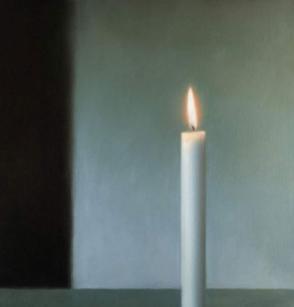It is Friday morning and I am looking at images of Aztec and South East Asian images of deities. Having been asked to create some sort of sonic response to these images, the initial ideas that pop into my head are using droning chords from a synthesiser that evolve other time. I think it would also be interesting to add some fluttering melodies over the top.
I think using an Arabian scale would be more interesting to give the sound more mystery and slight harmonic dissonance. Also noise should be used in the method of synthesis to add a sense of breath or air within the piece, I think wind ties in with the idea of nature and deities as wind is one of the most natural sounds you can experience outside of the animal kingdom.
Having completed the task and hearing more of Milo’s lecture, I feel inspired to try some new techniques in sound design. I am now looking to explore the possibilities of using software synths as a base for sampling into my vintage sampler to add layers and depth to patches that I wouldn’t otherwise find through analog synthesis methods. The degradation of these high quality sounds could lead to some new textural possibilities.
I am also thinking to use imagery and Brian Eno’s Oblique Strategies as a starting point for composition as mentioned in today’s lecture and the basis for the task. Looking back in retrospect, my past sound design patches seem to focus on preconceived sounds from other records or the imagery of my surroundings. I hope to move forward with intention or some kind of focus that will allow me to create in a reflective way of whatever imagery I choose to react to. It would also be interesting to have periodical cues from the cards to throw a different idea into the mix to add variety in the conceptual process.
An interesting point mentioned was to research the imagery in focus to understand cultural significance. Acting ignorantly could also lead to interesting results but also might show lack of care to an image’s origin of location, consequently showing disrespect or even hints of xenophobia.
Another idea that has presented itself from this writing is to use imagery as a means to search for a sound physically… Instead of using synthesis as a base for sonic exploration, I could change the task to looking for the sound via searching for materials in the world with physical properties that could be interacted with in someway to create sonic textures or pitch to then sample and start the process of a different and more acoustic method in sound design. If I choose to focus on a shadow of the image in my mind, I will be able to still pay attention to what emotions and sonic ideas come about whilst still on the move in the world or online in search for items to interact with physically to create sound in a less conventional/western or musical method.
